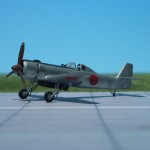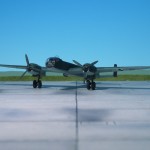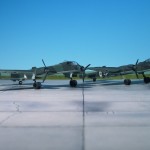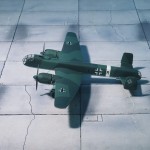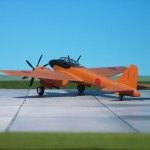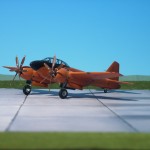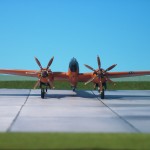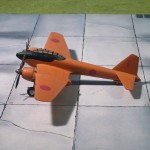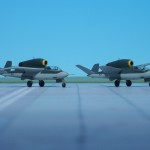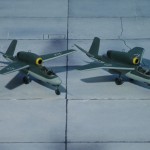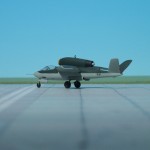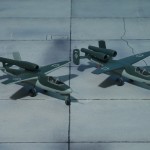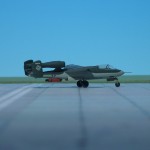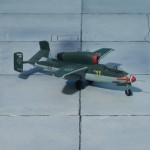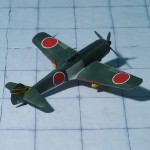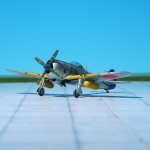TYPE: Suicide attack aircraft
ACCOMMODATION: Pilot only
POWER PLANT: One Nakajima Ha-35 radial engine, rated at 1,150 hp
PERFORMANCE: 342 mph at 9,185 ft
COMMENT: In January 1945, the Japanese Army instructed Nakajima to build a specially designed suicide attack aircraft. This was to be easy to build, maintain and fly, and provision had to be made in its design to carry a single bomb. Power was to be supplied by any air-cooled radial engine with a rating of 800 to 1,300 hp. Maximum speed was specified at 211 mph with the undercarriage in position and 320 mph after jettisoning.
The first prototype was completed in March 1945 and flight tests began immediately. As could be expected from such a crash program, the results were disappointing and several modifications were required before handing the aircraft to pilots with limited experience. Provision was made on the 104 production aircraft for two solid-fuel rockets under each wing to boost the aircraft’s speed in its final dive. None of these aircraft became operational before the war ended. (Ref 1.)



